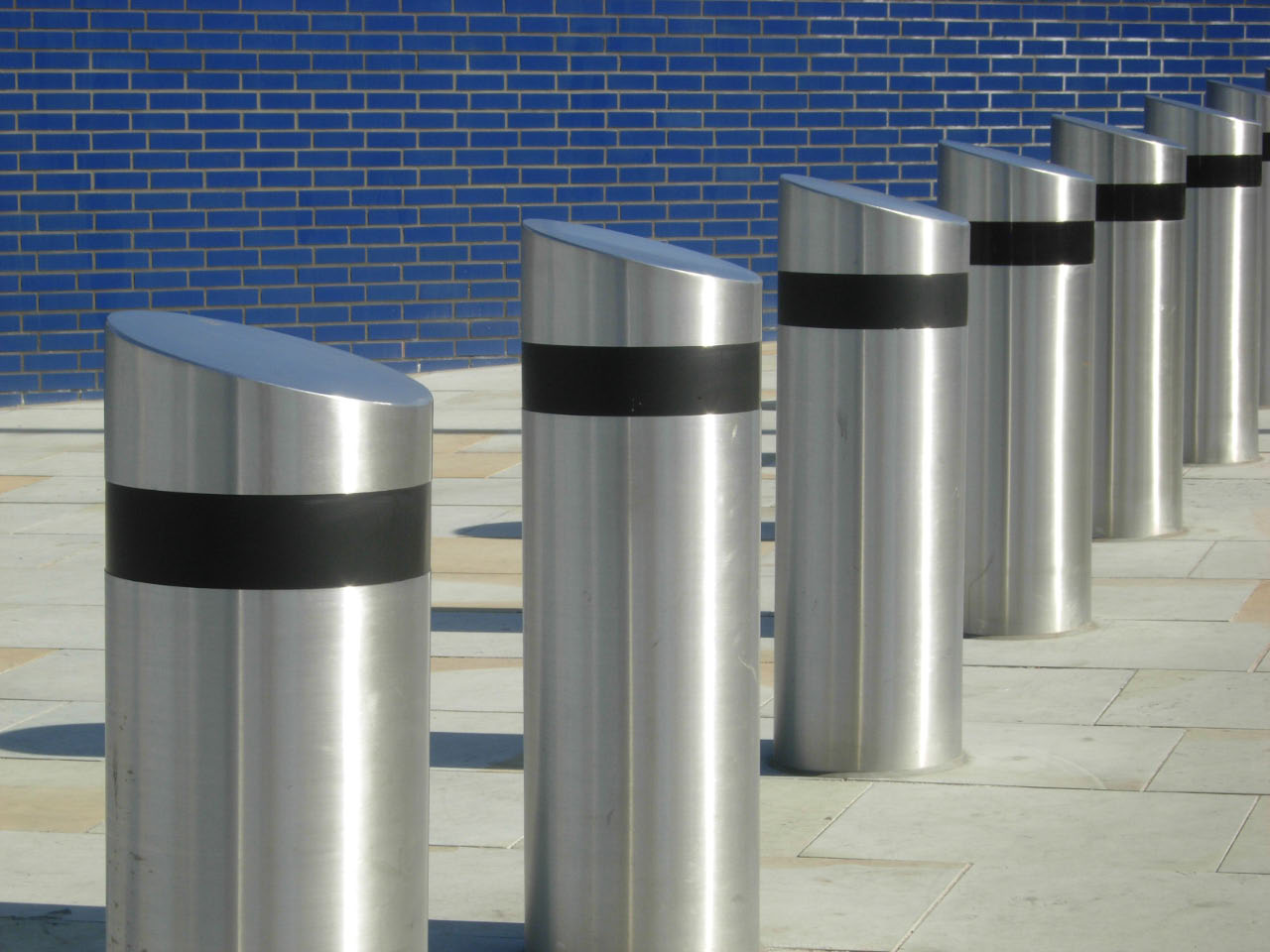This post is also available in:
 עברית (Hebrew)
עברית (Hebrew)
A terrorist attack carried out by a lorry driver ramming into the crowd is very hard to prevent, it can cause untold damage and seemingly comes out of nowhere. The Bastille Day attack in Nice killing dozens of people, the Berlin Christmas market lorry attack and yesterday’s lorry attack in Jerusalem are a few examples.
Various technological solutions are sought, including attempts to develop a technology to remotely stop high-risk vehicles.
According to the guardian.com there are several measures police can take in order to lower the risk of such attacks.
The primary way is to erect huge barriers around vulnerable crowded areas: indeed, police chiefs in Berlin said after the attack they would now plan to do this.
In Britan, the most obvious form of protection against a truck attack is large barriers. The black barriers around the Palace of Westminster are designed to stop a lorry attack at high speed.
All US military and governmental buildings have “crash- and attack-resistant bollards” outside. The US state department “anti-ram vehicle list” lists several types of bollards to protect the perimeter of its embassies abroad. Some bollards are capable of stopping vehicles traveling at up to 50mph (80km/h).
There are also innovative ways of protecting large crowds. Arsenal’s Emirates Stadium has been held up as a model for how physical barriers can be incorporated into a building’s design. Large concrete letters spelling out the word Arsenal at the stadium’s main entrance also act as a barrier to vehicles. Concrete benches prevent a vehicle from weaving across the forecourt, and giant ornate cannons, which feature on the club’s logo, form an obstacle for vehicles driving towards the stadium building.
Measures also include tight bends and restricted-width streets to prevent a large vehicle building speed before reaching a bollard or barrier.
In the 2007 Glasgow airport attack, the concrete bollards outside the airport were credited with stopping the vehicle entering the terminal, although the terminal doors were damaged.
The attack in Glasgow prompted a government review of the protection of strategic infrastructure, which recommended the installation of robust physical barriers as protection against vehicle bomb attacks and the creation of vehicle exclusion zones to keep all but authorised vehicles at a safe distance.
Prof Tahir Abbas, a senior research fellow at the Royal United Services Institute, said many important government buildings and public sites in Britain were already surrounded by barriers to stop vehicle attacks, however, “when you have an open event, something that’s almost ad hoc such as a Christmas market, then the need to have greater security measures has become more pronounced,” he said. “Now designers and scientists have got the technology to create aesthetically pleasing barriers to prevent cars from ramming into buildings,” said Abbas. “As part of that you have things like innocent flower pots outside buildings that are actually enforced with concrete and metal to prevent a truck from going over them. They are hidden and blended into the aesthetics of the building.”
























